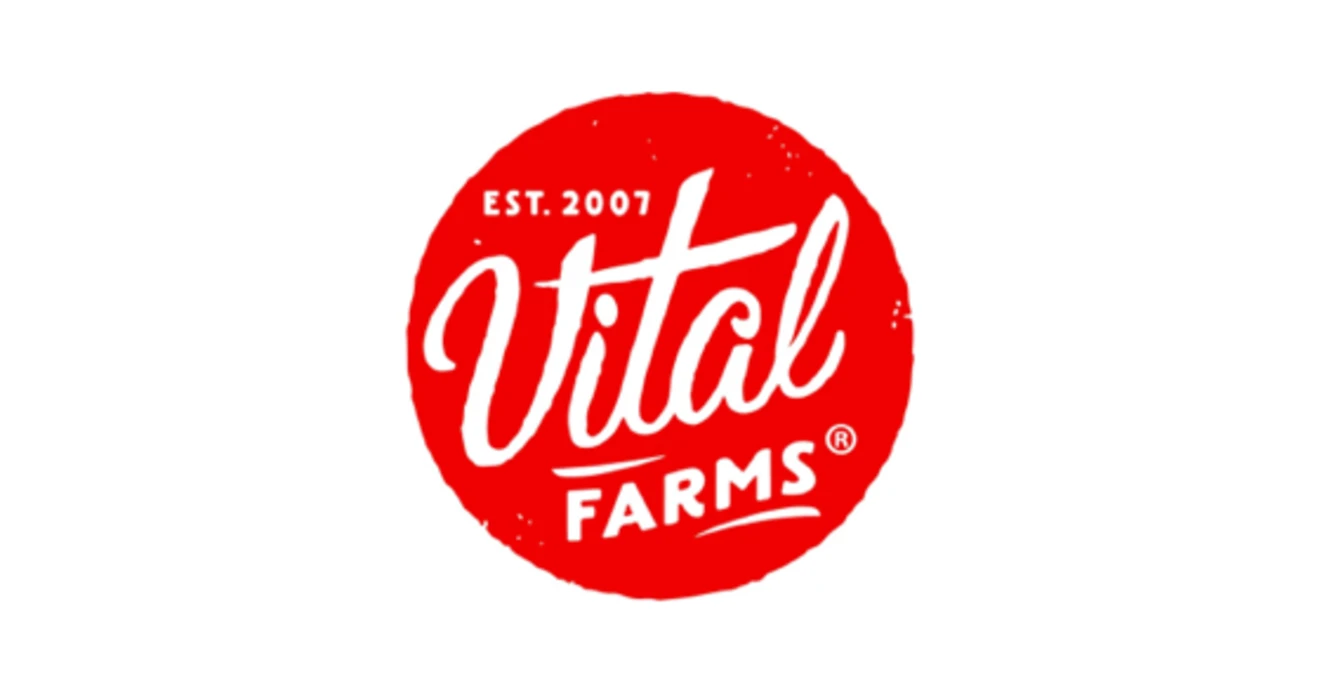Vital Farms Inc
Key Information
HQ:
United States
Market Cap:
$1.77bn
Primary Market:
North America
Business Type:
Protein Producer
Company Information
Company Summary
Vital Farms is a U.S.-based producer, founded in 2007, offering a variety of egg and dairy products. Its products are marketed under the brand names Vital Farms and RedHill Farms, primarily sold through retail and foodservice channels across the United States. Vital Farms is headquartered in Austin, Texas.
Revenue
Total revenue:
$0.4bn
Revenue by Geography
Revenue by Protein
Revenue by Product Type
Disclosures
CDP ScoresLast Reviewed: 16/10/2024
| CDP Climate | CDP Forests | CDP Water |
|---|---|---|
| Yes | No | No |
Science Based Target initiativeLast Reviewed: 16/10/2024
| Target classification | Status | Date |
|---|---|---|
| Has not set SBT | - | - |

